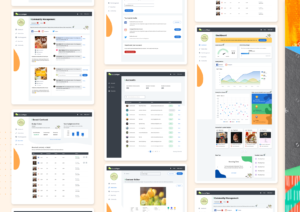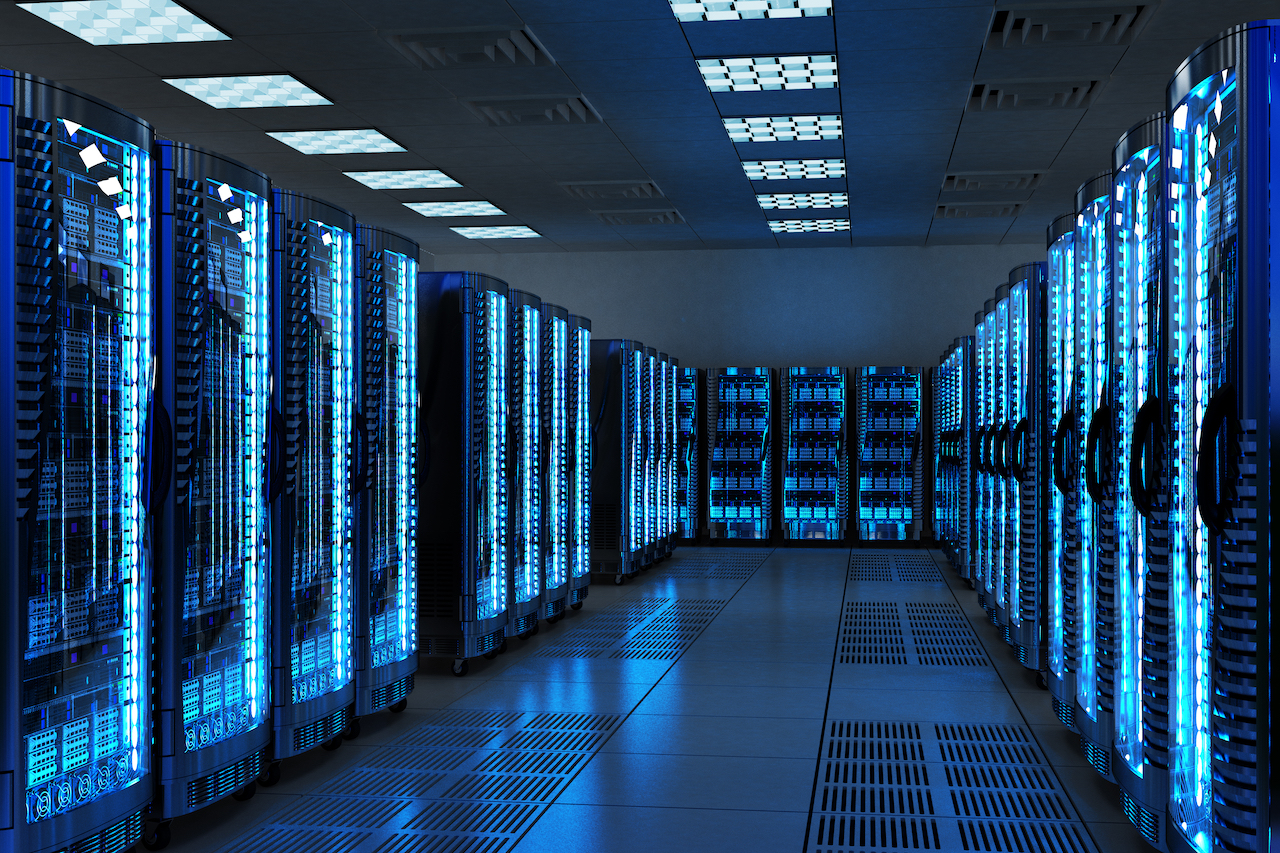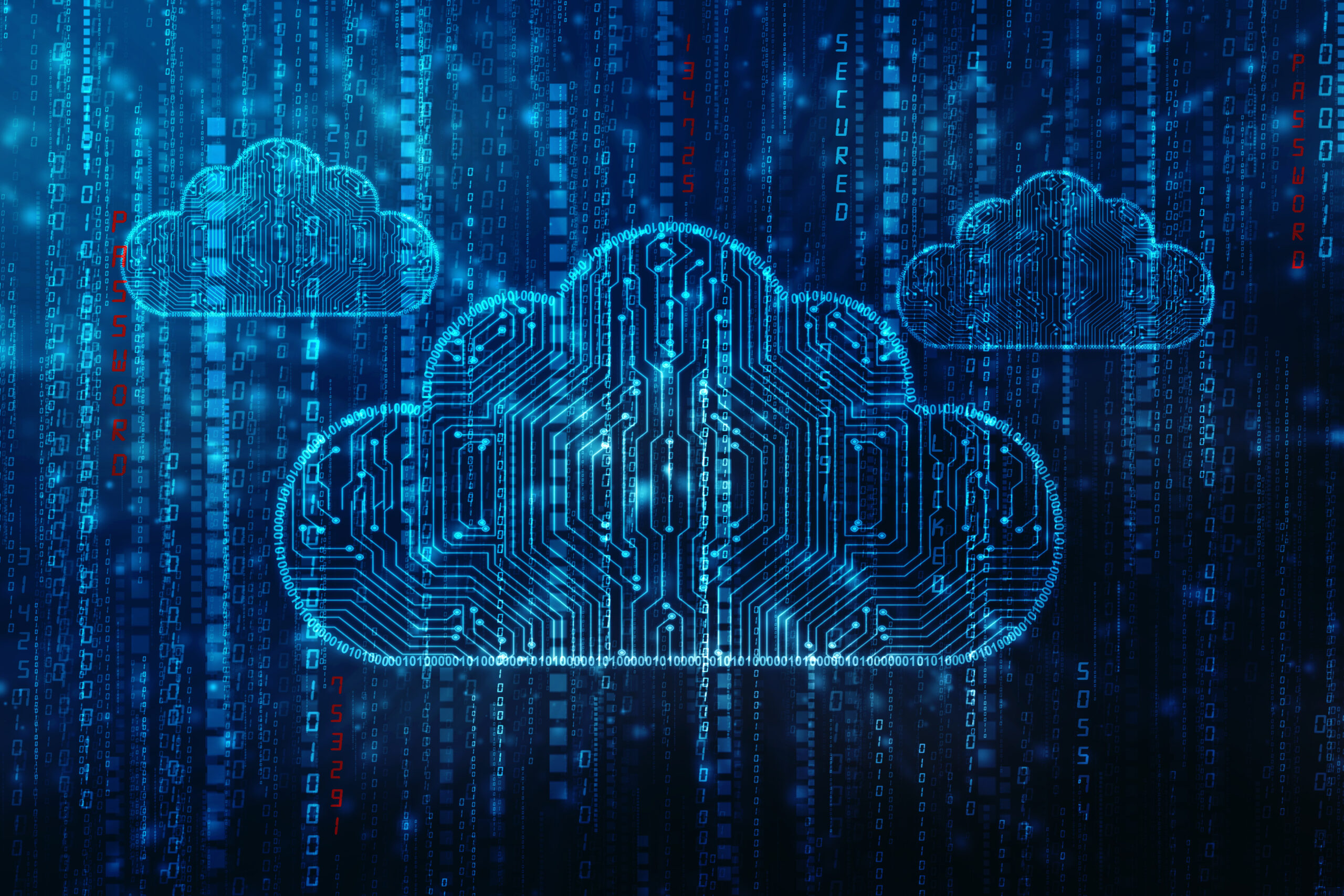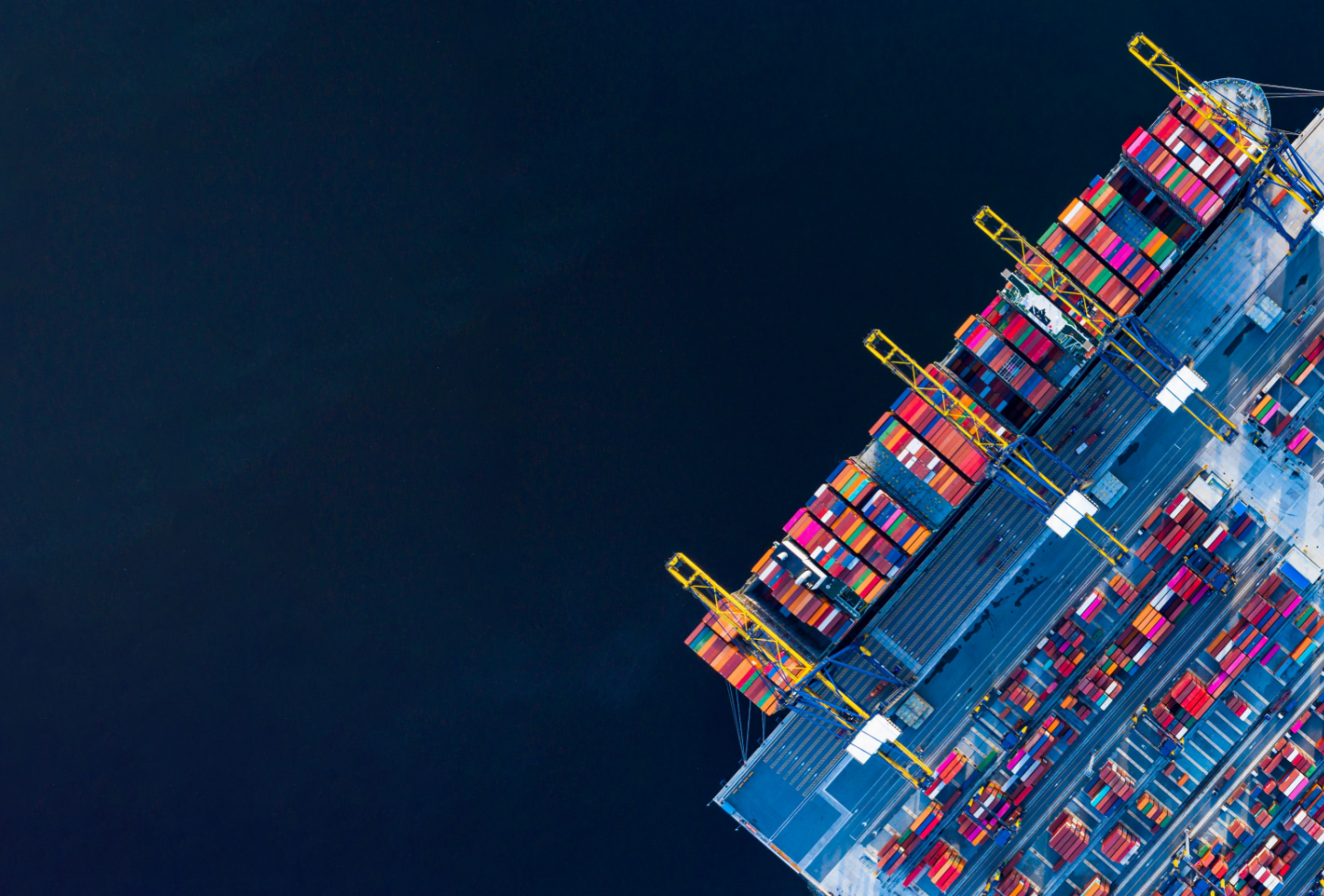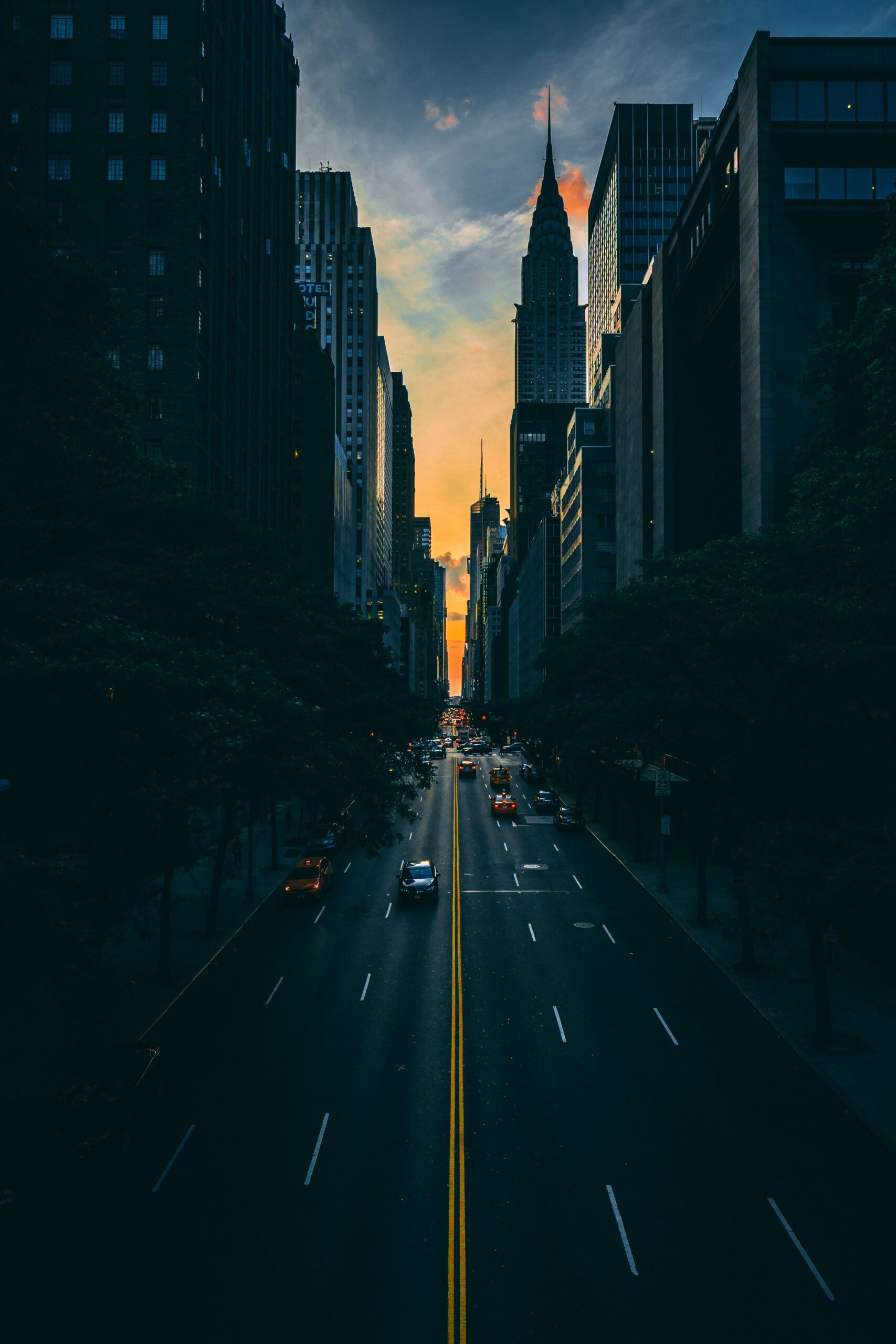
Wizeline Helps Social Piper Bring Social Media Platform to Life
Background
 Landing Page [Visit the site]
Landing Page [Visit the site]
Multiple platforms solve just one social media management problem for businesses, such as AdStage for monitoring and analyzing metrics, SproutSocial for scheduling posts, and Publbox for designing content.
Many small businesses are not knowledgeable about social media strategies, platforms, or management and cannot succeed on their own. Social Piper was founded by Daniela Meymar, Federico Isuani, and José David Piña Wong in 2018 to solve that problem and build a cohesive social media management platform.
SocialPiper completed initial fundraising in 2019 and selected Wizeline as their technology partner to bring their end-to-end social media management platform concept to life.
Designing a complete user experience
SocialPiper strongly believed in their mission of having a complete user experience that would take care of all marketing needs for small businesses. Wizeline completed a business discovery phase with SocialPiper to align on the scope and key features required.
This discovery phase included:
- Stakeholder interviews – namely with the CEO and COO – bringing valuable insights to guide the product development.
- Wireflows to foster stakeholder alignment and set clear expectations from the beginning.
- User Story Map – to serve as a prioritization tool for the initial MVP of the platform in the following months.
After this discovery phase, which lasted around five weeks, the team identified the most critical pillars for a valuable product. This prioritization structured the sprints, design focus, and technical dependencies, which needed to be sorted first.
 Wireflows
Wireflows
Adapt and conquer: Designing the design process
Besides the scrum ceremonies, the design team needed a tailored workflow to enable collaboration without heavy dependencies or blockers for the development team. Before sprints began, the team drafted an execution plan, with particular attention to quick feedback loops.
The workflow went as follows:
- [PjM + Design + Dev] Review the set of prioritized user stories from the business discovery phase and identify dependencies
- [Design] Write scenarios to inform detailed wire flows and ease prioritization of the most critical success path for a given proto-persona.
- [Design] Ideate on design solutions, focusing on reducing the complexity of steps within the customer journey.
- [Design + Dev] Share the design solution with the engineering team to spot technical complexity affecting the timeline or effort. This also enabled the engineering team to gather information on what to develop next without waiting for final high-fidelity prototypes.
- [Design + Stakeholders] Illustrate the scenarios with wire flows presented to stakeholders to gather early feedback from a business perspective.
- [Design + Dev + Copywriting] Communicate business requirements that may affect any backend or infrastructure constraint to the engineering team.
- [Design] Document decisions and build a prototype to test with end-users (previously recruited by the same Wizeline design team)
- [Design] Communicate findings and insights to stakeholders. Recommendations are also included.
- [Design] Iterate based on feedback from end-users and business input.
- [Design] Work on migrating the wire flows into high-fidelity prototypes for frontend development. Delivery of high-fidelity prototypes to the engineering team and oversee implementation.
 High fidelity mocks
High fidelity mocks
Some of the design challenges were more prominent during the validation phase with end-users. Concept testing sessions were vital to minimize uncertainty and risk for the project. During such sessions, the team also discovered usability opportunities that needed to be prioritized during the iteration phase.
Additionally, this phase was the most critical step to identifying what success looks like for users, uncovering new edge cases that were not addressed during the discovery phase.
Wizeline’s challenge was to prioritize these critical edge cases and work closely with our stakeholders to balance this new scope while staying within our agreed-upon timeline for the MVP.
Not your regular assistant: designing The Piper
One of the key differentiating factors from SocialPiper was Piper: a character meant to guide and recommend best practices for social media usage while the users went through their journey. When is it best to publish certain media content? Where should it be published? Which hashtags are relevant to the content? What if a campaign is needed? All of those questions were easily tackled and explained simply by Piper.
Wizeline’s design team created this character from scratch, forming the voice and tone and designing the shape, color, and style. The team conducted a workshop with our stakeholders to co-create this unique character for the SocialPiper experience.
The result was a friendly dog that uses whimsical language and pops up in key tasks to ease users’ decision-making process. Piper’s usefulness was validated during the user testing sessions. Not to mention, it was quite a popular good boy among the testers!
Flexible development tools aligned with customer needs
When you work with a startup, one of the key points to keep in mind is what platform development resources you have and how to best take advantage of them.
With efficiency, flexibility, and scalability in mind, we implemented a serverless architecture with AWS to optimize our resources, prioritizing cost-effectiveness to keep costs near zero. Using AWS AppSync allowed us to utilize graphQL to create a modern backend to maintain that part of our infrastructure using the AWS service.
Also, implementing our pipelines using AWS CodeBuild enabled us to ensure easy integration with our environment and speed up the development process.
Ready to ship - and ready for investment!
At the end of six months, the team was ready to smooth the path for shipping the product. With multiple feedback sessions, iterations, and quality assurance tests, Social Piper successfully raised the investment they needed from VCs to support the startup growth.
- In partnership with Wizeline, Social Piper produced a complete, end-to-end social media management platform tailor-made for small business marketing needs. This project also included a new landing page, an onboarding guide, and a series of improvements that eliminated administrative headaches for our stakeholders.
- Wizeline created a style guide to enable future designers and developers to expand SocialPiper in the future while maintaining the brand’s visual integrity.

 Wireflows
Wireflows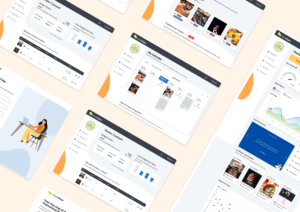 High fidelity mocks
High fidelity mocks
